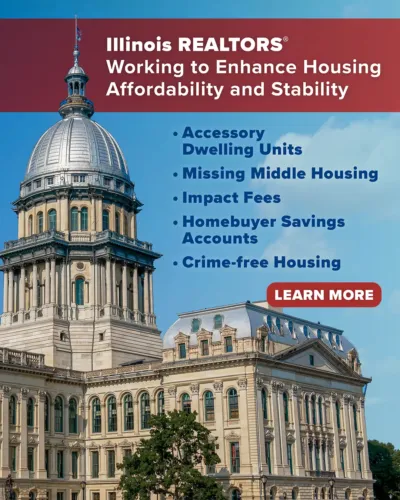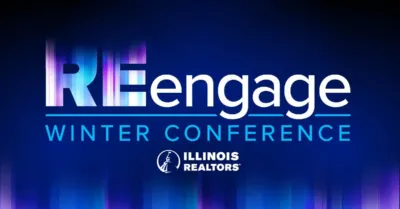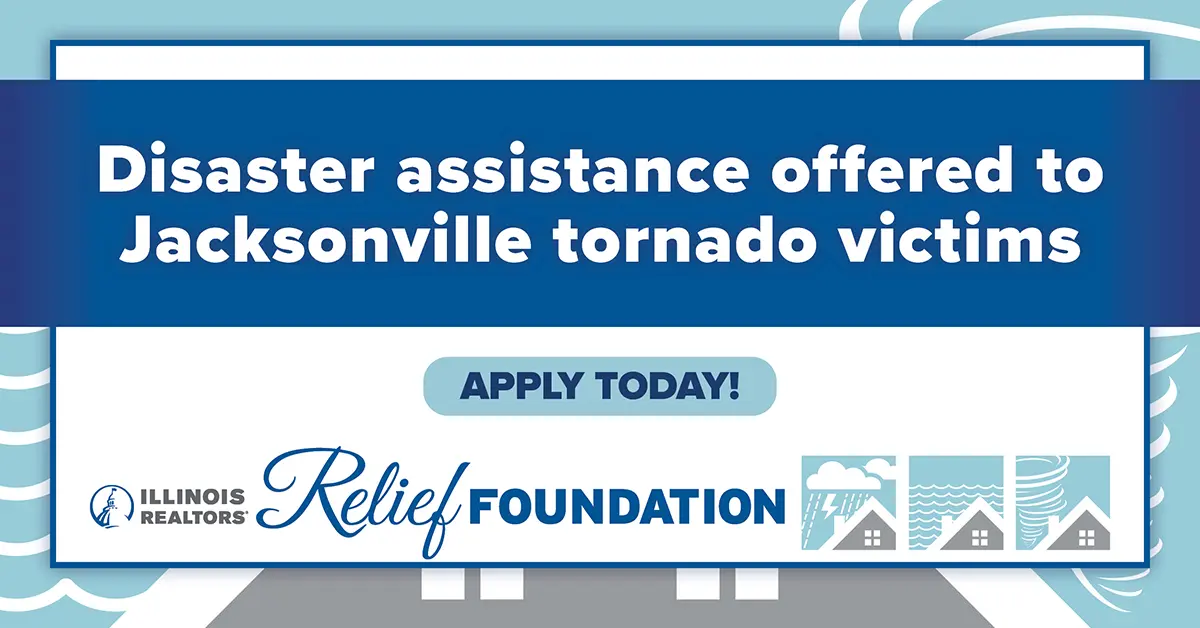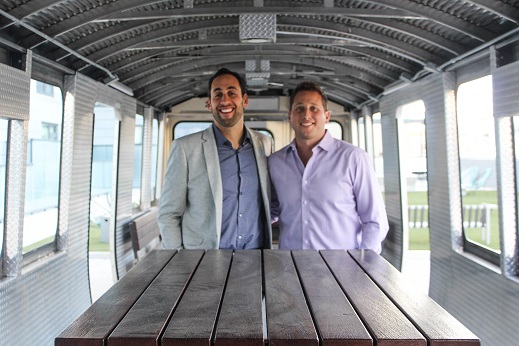
Aaron Galvin (left) and Noah Gottlieb believe the amenities available in a co-living development like “L – Logan Square” will be very popular.
Depending on your generation, you may have a different idea of where the trend towards community style living concepts comes from. Many baby boomers remember growing up with Grandma in the upstairs apartment or multiple generations living and working the family farm. Millennials and Gen-Xers may look to their college days of dorms, frats and sororities. Co-living is also familiar for those in need, either financially or due to a disability. No matter where you may have experienced this type of lifestyle, it is now coming back in a new and chic way.

One feature of TOD living is plenty of room for bicycles instead of car parking spaces for every resident.
While sharing an apartment certainly isn’t anything new, having it developed specifically to accommodate this lifestyle is. REALTOR® Aaron Galvin, Managing Broker and Owner of Luxury Living Chicago Realty, and Noah Gottlieb, Principal of Property Markets Group, are part of the next wave of co-living. Gottlieb is the developer of “L – Logan Square” where Galvin is the leasing agent. This building offers a community lifestyle in addition to an affordable entryway into higher cost areas of the city. The building offers amenities customarily found in luxury style buildings. However, if you are willing to rent a bedroom in a three-unit apartment with others, then this concept is for you. The building is also considered a Transit-Oriented Development (TOD) so it has 60 parking spaces for 120 units in its garage but it has a home for bicycles and you can walk to the “L”. On your way, you can grab a coffee or cereal from the lobby area that is also part of the package.
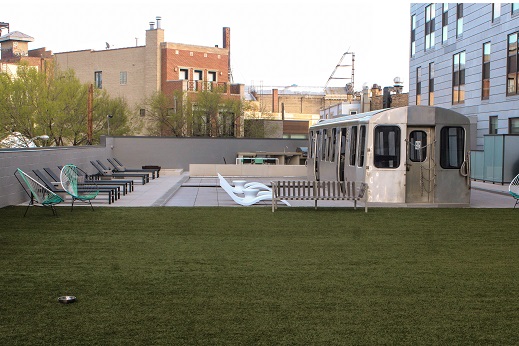
An open-air deck area includes a refurbished “L” car provides a unique place to hang out with friends.
The co-living concept of this building includes socially programmed amenities like an open-air deck area that actually includes a refurbished “L” car where you can hang out with friends and neighbors. Galvin and Gottlieb both say this is a not just an apartment, it is a lifestyle experience. The popularity of this concept is evident in Chicago, New York, San Francisco, Oakland and cities where they already have several similar concepts from converted single family homes to multi-family options. Property Markets Group is also in the process of developing over 3,500 units in Denver, New York, and Miami. The next Chicago project for Galvin and Gottlieb will be located in University Village and target graduate students and young professionals associated with the University of Illinois-Chicago (UIC) and the Illinois Medical District. Eventually they plan to implement nationally a “membership” wherein you always have a place to workout or hang out when in other cities across the country that have a building under their corporate umbrella.
The sharing economy includes real estate, says Galvin, and they wanted to come up with a creative solution to address the demand of today’s consumers. While millennials would be attracted to the concept, it would work for anyone willing to be part of a “shared cultural and living experience at a tremendous value.” Most luxury style buildings near transportation are out of reach for many, Gottlieb says, so “the relative affordability for the amenities offered simply can’t be matched in the marketplace.”

Bill Caton
This concept is also gaining popularity globally as well. Cities like Paris, London, Tokyo, Bali, and Berlin all have co-living buildings under development. The cachet overseas is motivating foreign investors to find demand opportunities in Chicago as well. REALTOR® Bill Caton, CIPS, Principal of Caton Commercial Real Estate Group, recently returned from the MIPIM Real Estate Conference in Cannes, France where he met Evan Kasper, Co-founder and Managing Director of Berlin based Medici Living Group (MLG), the largest co-living provider in Europe. Kasper is leading MLG’s expansion of its upscale brand, Quarters, into the United States. MLG works with developers to implement their model in existing, in process, or planning stage multifamily buildings. Kasper says there is a mismatch between the supply of luxury housing products and the demand of young professionals. Caton along with son and business partner REALTOR® Steve Caton and Senior Broker, REALTOR® Andy Velkme, CIPS, who are all representing MLG agree with Kasper’s assessment.

Andy Velkme
Young professionals are more adventurous and “experience-focused” than ever before, says Velkme, and they are looking for ways to simplify and expedite the burdensome facets of life. Moving to a world-class city, finding a nice place to live, buying furniture and meeting new friends takes time, energy and money. The Quarters concept uses technology and market expertise to solve the dilemma by satisfying all those needs quickly. MLG also appreciates the benefit of the membership model in leasing.

Steve Caton
“This concept is not just about sharing expenses with roommates, and simplifying the rental process,” says Steve Caton, “it is a revolutionary transformation for the traditionally ridged asset class of real estate. Residents are looked at more like members, and they have access to move around the world in three clicks online, creating more mobility for a younger workforce.”
The co-working area is another amenity included with some developments. The concept has been popular with the start-up community that often shares ideas as well as living spaces. While this seems more of a trend for millennials, the senior community has been enjoying a similar lifestyle model for a while. Earlier concepts such as Del Webb® or The Villages® in Florida offer “community” as part of their appeal. While these offer separate single family homes, shared home concepts and apartments are gaining popularity in order for seniors to be able to age-in-place. As communities update their comprehensive land-use plans and zoning ordinances, the Illinois REALTORS® has put together a senior housing toolkit for municipalities to help find solutions to satisfy these growing demands.
It seems that there isn’t one factor that has created this resurgence and nuance to some of our former lifestyles. Minimalism is gaining popularity and land is scarce in many urban areas, so the desire for community and affordability of amenities consumers couldn’t otherwise enjoy are all factors that seem to be feeding into the growing demand.


